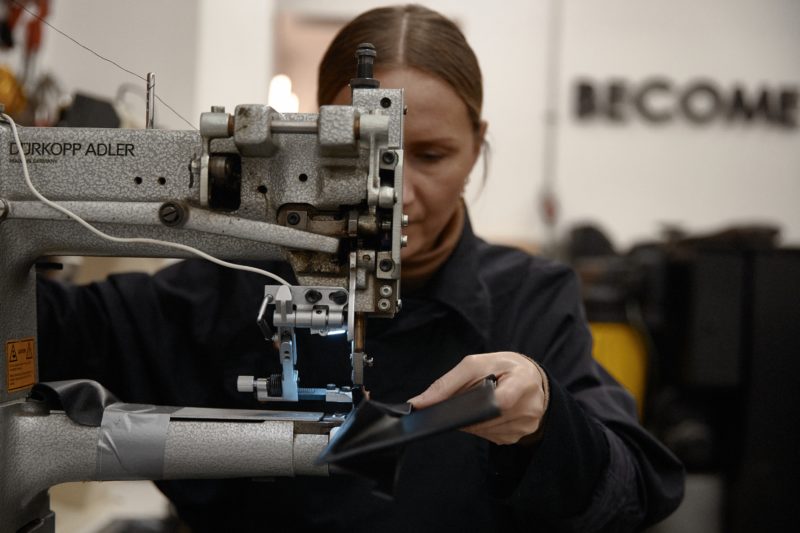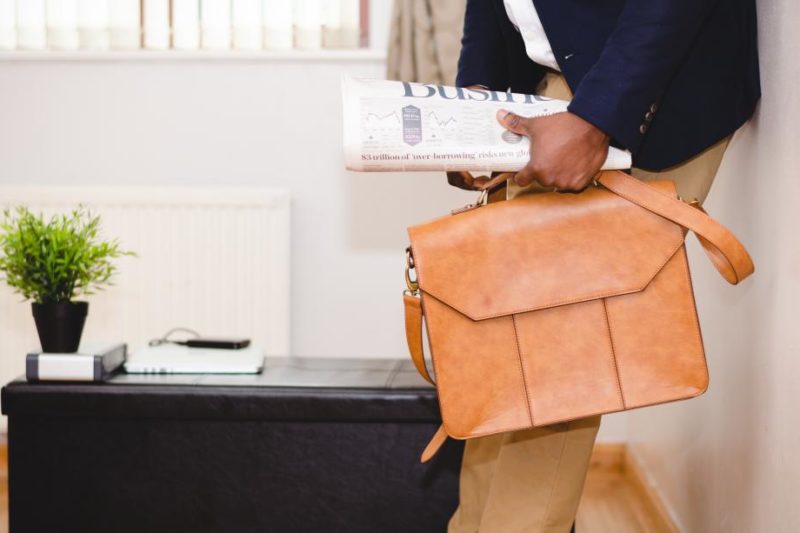While providing consumers with products and services, businesses should tick every box in quality and production. The leathercrafting industry is no different. Leather manufacturers aim to deliver bespoke leather goods of premium quality to all their consumers.
To ensure that there are no manufacturing defects in the final production of a leather product, sample making is a technique that leather manufacturers should adopt. It sets the tone for the requirements of any project and provides excellent insights into the manufacturing process. Additionally, it gives you a view into what your finished products will turn out like and possible nuances that you may face during the process.
Therefore, before placing any bulk order wherein you require custom designs of your leather products, you should approach a leather manufacturer who can provide you with a sample. Just like any customer needs to see one or two products to get a better feel for them, you also need to sample your designs and ensure they meet your quality criteria. After all, you don’t want to be selling defective products to your consumers now, do you?
In this article, we’ll take you through the sample-making process. Let’s get started!
What Is Leather Sample Making?
Ideally, when you venture out with your very own leatherworking business, you start by conceptualising designs for your leather products. However, before you employ any leather manufacturer to mass-produce all your plans, you ask them to create a few samples based on your design. This is done to better understand the aesthetics and functionalities of your product. This entire process is nothing but leather sample making and is considered a good practice.
Sample making helps you identify any functional and manufacturing defects that may arise due to –
- the complexity of your design or
- the inability of the manufacturer to craft out your product design.
Thus, it gives you a fair idea of the path that lies ahead.
Why Is Sample Making So Important?
Quality Control
Quality is one of the foremost things that you should aspire to achieve as a leather business. Premium quality leather products tend to be in high demand, and these products happen to market themselves via word of mouth. Thus, sample making is, in essence, the first leg of the procedure of quality control.
What’s more, you can alter your designs until you’re finally satisfied with any particular one. For example, you can keep any one of your design constraints fixed while you adjust the other parameters, noting the difference in functionality and aesthetics of your sample.
Helps The Manufacturer Gauge The Requirements
A sample gives a manufacturer an idea of what he’s going to produce at a mass level. And as mentioned above, design and quality are the two things that are of prime importance to any product. The sample-making procedure gives the manufacturer the layout of both.
Brings Your Design To Reality
All your designs seem practical on the drawing board, but it’s when you indulge in the process of manufacturing the product that flaws start to appear. Sample making translates your 2-D sketches into a 3-D effect that gives you a reality check of your design in terms of practicality. It highlights any potential flaws you may have committed while designing the product and saves you from a manufacturing blunder.
Cost-Efficient
When you can control a product’s quality specifications, you can majorly control the costs related to the product. As sample making gives you access to reality checks and quality management, you also get the luxury of managing the cost.
How Does Sample Making For Leather Work?
Designing The Product
Before going to a leather manufacturer to get your leather sample preparation, the first and foremost step is to design your leather product. Make sure to approach the process as though you’re planning for your final product. People often half-heartedly indulge in this process, thinking it’s the preliminary stage and doesn’t require much thought. This, however, is not the way to go about leather sampling, as you’ll miss out on the most critical aspects if you take this approach.
Pattern Making
Once you’ve finalised your product designs, it’s time to dive deeper into the functional aspects of your product. Ensure to involve as much detail as possible as a leather sample manufacturer will create the prototype based on your directions and design. This way, each of the samples will be different from each other as far as functionality is concerned. Feel free to experiment during this stage and provide various alternatives of the same design.
Approaching The Manufacturer
With your designs in place, it’s now time to go ahead and approach a leather manufacturer. Make sure to choose an experienced manufacturer with whom you can trust your sample. Hold meetings with the manufacturer to clearly outline your requirements and the various nuances involved in your leather design. Collaborate with the manufacturer and take insights into what they think about the design and whether there’s any scope of potential improvements.
Testing The Sample
When the sample is ready, you’ll have a physical product in front of you resulting from your designs. It’s then that you’ll get a better idea of the look and feel of the product. You can also run some personal durability tests of your own. Since you know your design, you’re the best judge to determine whether the manufacturing was up to the mark and whether or not there’s any scope for improvement. On inspection, the sample product may be too heavy to carry, may need extra accessories, space pockets may need alteration, and so forth. You can incorporate these changes into the design for another sample.
Turn Your Ideas Into Reality
Sample making is thus an effective way to explore your leathercrafting ideas and turn them into reality. It provides insights into the credibility of your design and whether or not it’s functional. Apart from preventing you from committing a manufacturing blunder, it provides you with room for innovation. This trial and error approach will only help you as a leather product designer as it infuses your designs with a sense of individuality.
The best part about sample making is that it provides room for designers to experiment and gain insights about their product through trial and error.
Looking for a Leather Goods Sampling Services in London?
To ensure a seamless leather sampling process, we, at CreateLab, have set up exhaustive sampling services for clients looking for premium quality. With years of experience in the leathercrafting niche, we strive for pristine quality over anything else. Feel free to reach out to us with your design requirements, and we’ll get back to you at the earliest.


